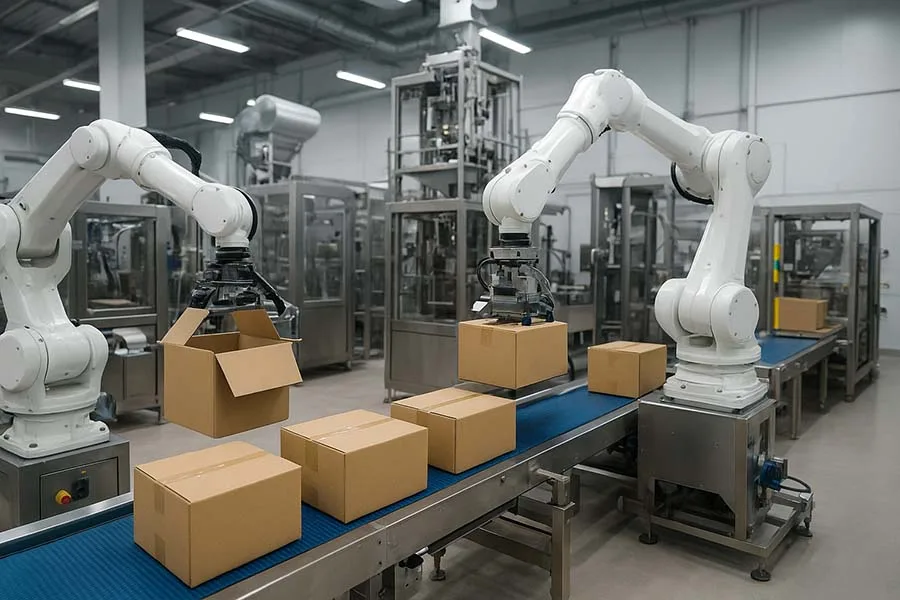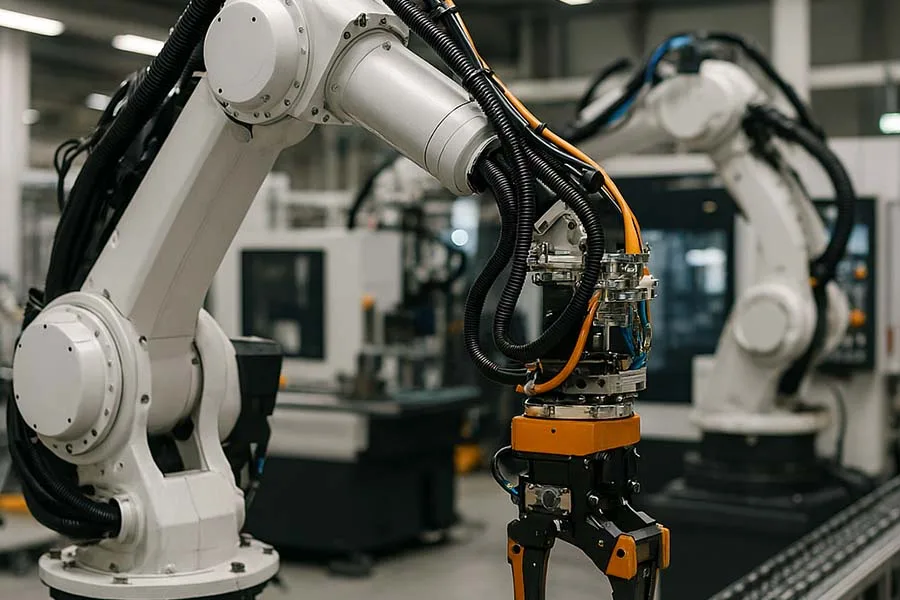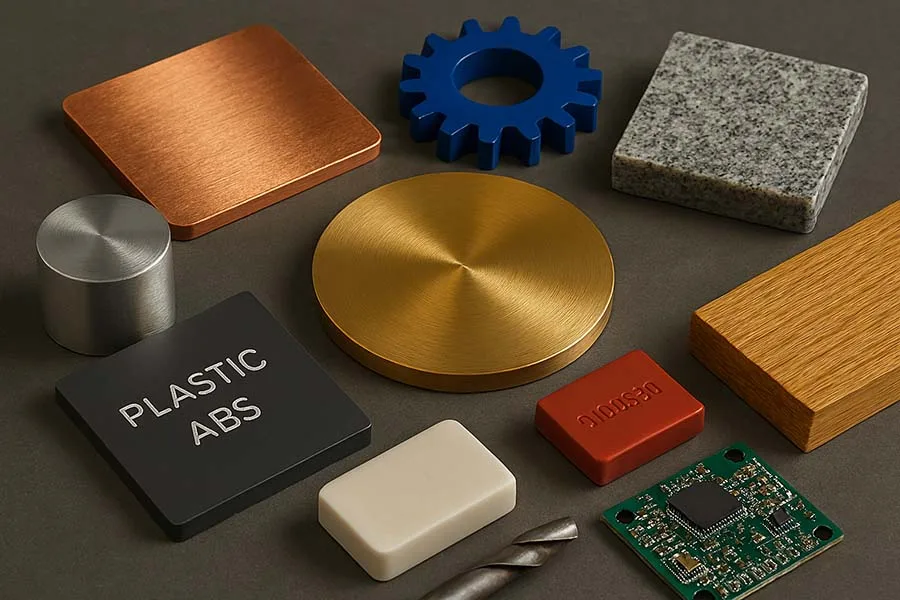Introduction: Packaging in the Age of Automation
Packaging might seem like a simple step in manufacturing, but it’s a critical part of the supply chain. Automated packaging systems are revolutionizing this process by improving speed, accuracy, and reliability. From consumer goods to automotive parts, automation ensures products are packed consistently and efficiently, reducing waste and costs.
Funny fact: Some high-speed packaging lines can pack up to 300 products per minute – faster than most humans can blink!
Lesser-known fact: Advanced systems can even detect minor packaging defects, like a misaligned label or tiny leak, before the product leaves the line.
What Are Automated Packaging Systems?
Automated packaging systems are machines or robotic setups that handle product packaging with minimal human intervention. These systems can include:
- Conveyors and sorting systems – Move products efficiently through the line.
- Filling machines – Accurately fill containers with liquids, powders, or solids.
- Capping and sealing units – Ensure containers are closed securely.
- Labeling machines – Apply labels precisely and consistently.
- Robotic palletizers – Stack packaged products for shipment efficiently.
Automation reduces repetitive labor, minimizes errors, and speeds up production.
Benefits of Automated Packaging Systems
- Increased Efficiency: Automated lines operate faster and continuously, reducing production bottlenecks.
- Cost Savings: Less manual labor, fewer errors, and reduced material waste lower overall costs.
- Enhanced Accuracy: Precise filling, sealing, and labeling ensures consistent product quality.
- Scalability: Systems can be adapted for small batches or high-volume production.
- Safety Improvements: Reduces human exposure to repetitive or hazardous tasks.
Types of Automated Packaging Systems
1. Horizontal Form-Fill-Seal (HFFS) Machines
These machines create packages from flat material, fill them with product, and seal them in one continuous motion. Common in food and snack packaging.
2. Vertical Form-Fill-Seal (VFFS) Machines
VFFS machines create bags vertically and are ideal for powders, granules, and liquids.
3. Robotic Case Packing Systems
Robots pick individual products and place them into cases or trays, perfect for irregular shapes or delicate items.
4. Cartoning Machines
Automatically erect cartons, fill them with products, and close them. Widely used in pharmaceuticals and consumer goods.
Integration with Industry 4.0
Modern automated packaging systems are increasingly connected to Industry 4.0 frameworks:
- IoT sensors monitor machine health and detect errors.
- Data analytics optimize throughput and reduce downtime.
- AI-powered vision systems verify product quality and alignment.
This connectivity ensures real-time monitoring and predictive maintenance, keeping lines running smoothly.
Key Considerations Before Implementation
- Product type and size: Not all machines handle irregular or fragile items equally.
- Throughput requirements: Match system speed to production volume.
- Integration capabilities: Ensure compatibility with existing machinery and software.
- Budget vs. ROI: Factor in maintenance, training, and potential efficiency gains.
Further Read
- Industrial Automation Solutions
- Industrial Automation Systems: The Backbone of Modern Industry
- Process Automation in Manufacturing: The Key to Smarter Production
- Automation Companies to Watch in 2025 and Beyond
- Automation Machines for Industry: Types, Benefits, and Future Trends
- Automated Material Handling Solutions: Benefits, Types & Future Trends
- Automated Control Systems
- Industrial Automation Solutions: Transforming Modern Manufacturing
- Warehouse Automation Tools: Boosting Efficiency in Modern Warehouses
- Intelligent Automation Technologies: The Future of Industry
- Automated Packaging Systems
- Automation Case Studies
- Automation Trends 2025: What’s Next for Industrial Innovation
Conclusion
Automated packaging systems are more than just machines—they’re an investment in efficiency, quality, and scalability. From reducing errors to boosting throughput, these systems are reshaping the way industries handle packaging.
Have you implemented automated packaging in your facility? Share your experience or ask questions in the comments below!





